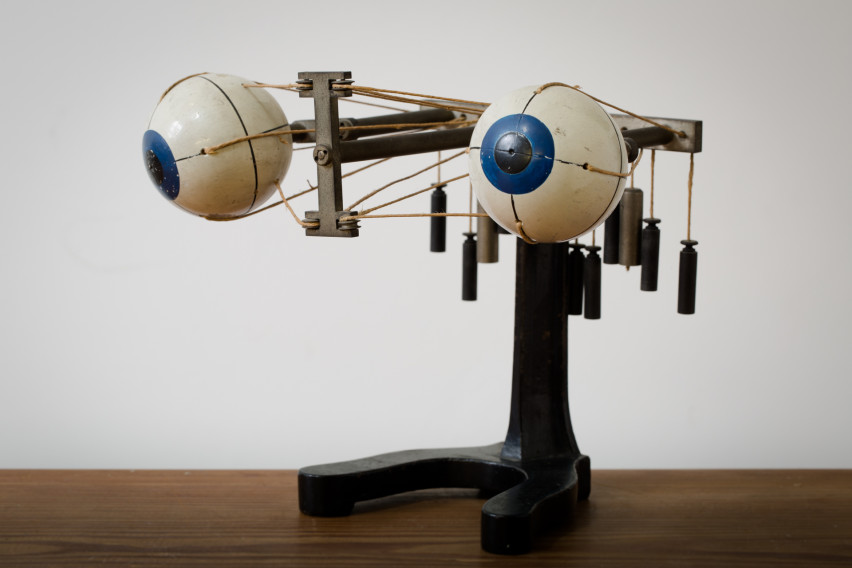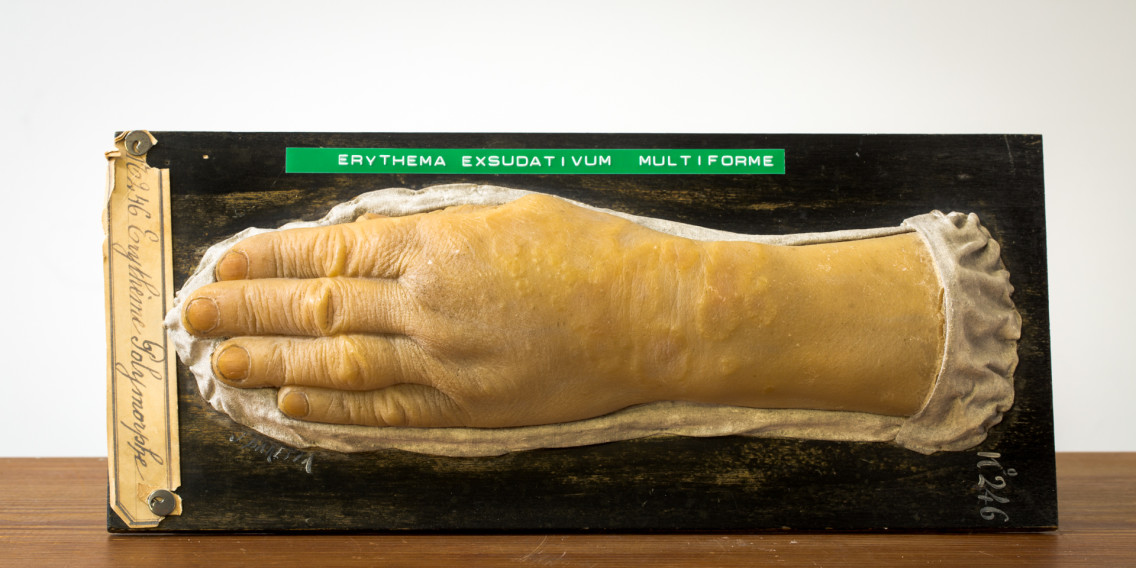History of Medicine subcollection
The items in this collection are silent witnesses to the pioneering age of modern medicine. For example, it includes the collection of instruments of psychology professor Jules Van Biervliet (1859-1945). These document the development of experimental psychology. Van Biervliet founded the first laboratory for experimental psychology. He collected equipment for the quantitative study of sensory perception, responsiveness, memory and muscle activity. The collection contains about fifty types of devices.

Medicine in antiquity
There are also older instruments (17th and 18th centuries) and, in particular, an extensive Gallo-Roman collection. This consists of over 800 items, mainly antique surgical instruments. They were collected by the passionate amateur archaeologist and professor Victor Deneffe (1835-1911) and come from excavations in our own region, France, Italy, Greece and even Egypt. Deneffe also had antique instruments replicated for educational purposes. Worldwide, this collection is regarded as an important source for the history of medicine.

Sickness as an art form
The collection of wax models of crusty buttocks and pock-marked faces is striking, to say the least. These are pieces created by the Parisian model maker Jules Baretta (1833-1923). He reproduced numerous skin conditions with great attention to detail and reaped worldwide success as a result. You can see some of his works in the GUM.
Jan Palfijn Foundation
The driving force behind the preservation and management of the collection is the Jan Palfijn Foundation. A number of emeritus professors founded this public service institution in 1991 to promote the collection to a wider audience. Several special items have also been selected for the permanent exhibition in the GUM.


